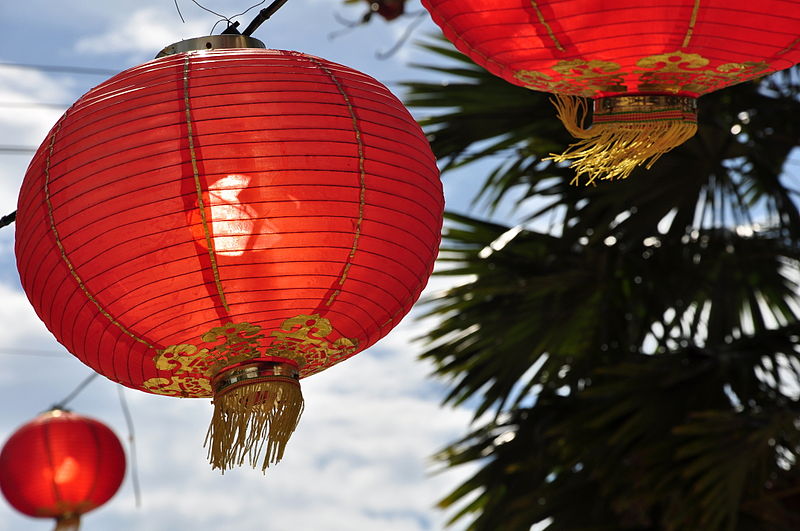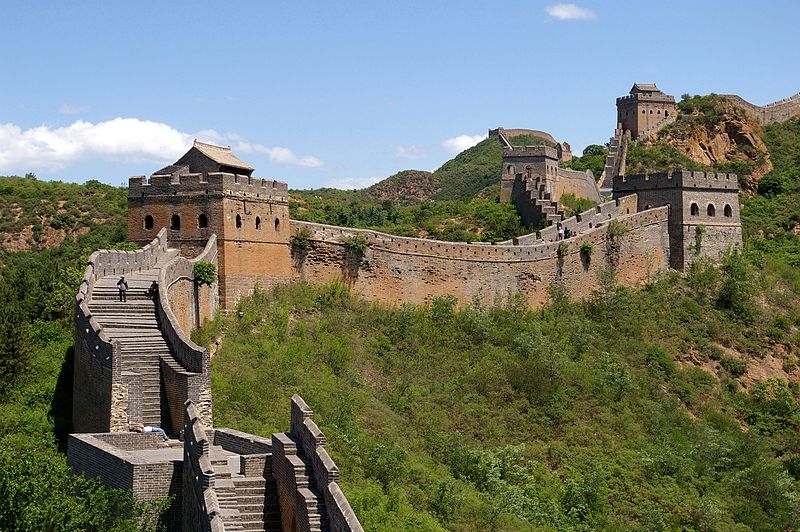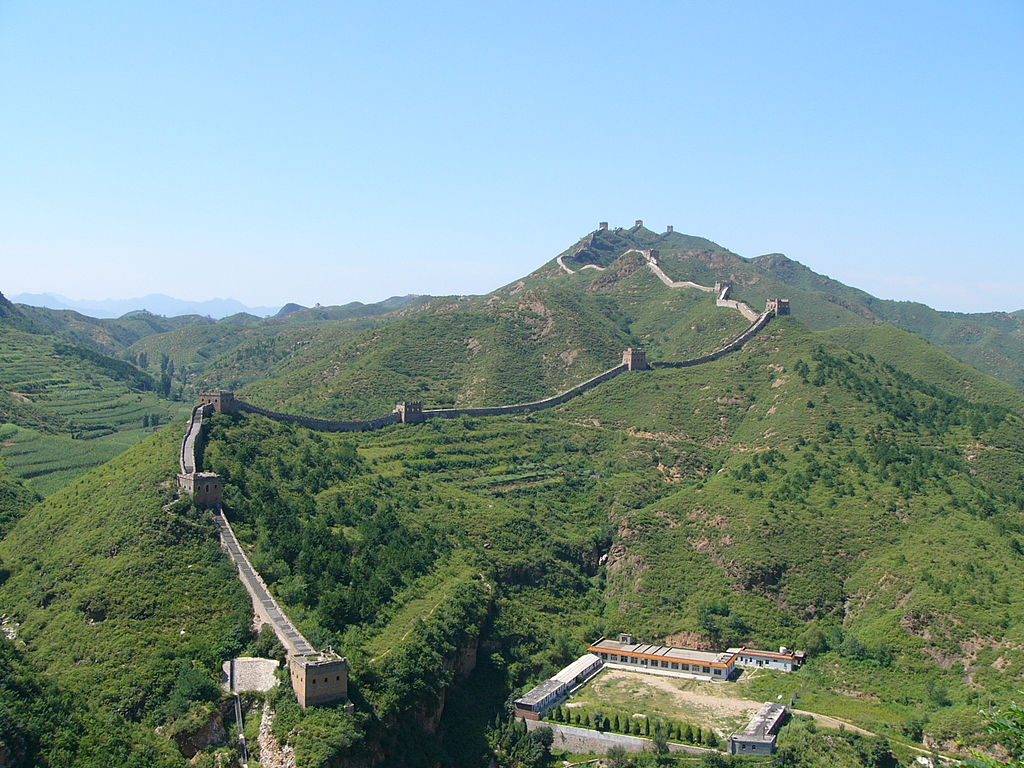The opening of the Shanghai Free Trade Zone marks one of the milestones of what will become “the new China” – with new opportunities for investors.
The zone is a testing ground for reform as the country seeks to move from the heavily state controlled and export-led “old China” to a modern economy, says Victoria Mio, Robeco’s portfolio manager for Chinese equities.
China aims to move towards a more consumer-led economy, with greater emphasis on developing the nascent service industry, and less state control over private enterprise.
“China has been undergoing a period of transition ever since the financial crisis and the recessions that hit the west, as it can no longer rely on exports for growth. The new China is related to the growth that these structural reforms will bring about,” says Mio.
“The new China is related to the growth that these structural reforms will bring about”
A busy few months for legislators
Politically, the wheels are already in motion. Since the new Chinese government took office in March, it has been actively formulating further reform that will begin in earnest in 2014. The 3rd Plenary Session of the ruling Communist Party is due to meet in November to authorize extensive financial and economic restructuring.
Opening the Shanghai zone in September is a precursor to China’s application to join the Trans-Pacific Partnership, a powerful trade zone that includes Japan, the US, and 10 other Pacific Rim nations representing about 40% of global trade. Membership requires complete freedom of capital, which has thus far been controlled by the Chinese government.
“China is trying to reduce the role of government in the economy. The Shanghai zone will enable companies engaged in key growth areas to do conduct their business without government approval,” says Mio, who is based in Hong Kong.
The reforms are described as China’s ‘Big Bang’ whose impact will be similar to the way western financial markets were reformed in the 1980s. They also aim to help the country’s achieve its ambition of establishing the renminbi as a global reserve currency in future years.
“China is trying to reduce the role of government in the economy”
Investment opportunities are plentiful
It means many opportunities for investors, says Mio. Her fund has outperformed the benchmark ever since it was set up in 2004, thanks to its blend of fundamental and quantitative stock-picking techniques combined with a thematic macroeconomic overlay analysis*.
Investors had been spooked this year by fears of a hard landing for Chinese growth following a weaker-than-expected first half, but GDP has accelerated in the second half, and the annual target of 7.5% is now seen as being easily met.
“We think that improving the quality of growth, to be driven by consumption, domestic demand and services-orientated business, and less driven by exports and government, is how the new China will move forward,” she says.
Services-based refocusing
China – long the factory of the world, with a heavy emphasis on manufacturing – wants to move to a more services- based economy. In the Shanghai Free Trade Zone, the government has established a ‘negative list’ of ‘old China’ industries that saw heavy state control, and a ‘positive list’ of ‘new China’ businesses that will be promoted.
Negative industries include state monopolies in mining and transport; ‘ideological industries’ such as media; and strategic manufacturing such as railways. The positive industries include financial and professional services, technology, healthcare, education and culture. Those companies on the positive list will not need to obtain government approval for their activities.
Reforms that will be tested within the Shanghai Free Trade Zone include a relaxation of controls on foreign banks and fewer restrictions on foreign shipping at the world’s largest port. The government aims to reduce the barriers to entry for progressive, positive list companies.
The new themes will also focus on cutting China’s notorious pollution levels, offering opportunities for investors in companies engaged in the key growth areas of alternative energy and environmental protection. In technological development, mobile phone penetration is about 90% and internet use even lower at 45%, compared to more than 100% in the west (including smartphones and tablets).
The Chinese economy in numbers
Stock picking strategy
Mio’s fund looks to pick the strongest players in each sector. The fund invests in Chinese stocks quoted in Hong Kong and Shanghai, currently representing the old and new Chinas. “It’s a good time to invest – valuations are low right now,” she says.
“Chinese stocks are trading on 9.2 times forward earnings when the long-term average is 12.2 times. It’s been lower than average because of lower GDP growth, but the slowdown has bottomed out.”
“Now China is in a period of cyclical recovery, and that’s very good for the stock market. This has been confirmed by the number of Chinese companies giving more positive guidance for the second half.”
The consensus for earnings growth for MSCI China companies is 10.1% for 2013 and 9.6% for 2014. In the first half, the earnings of index members rose 12% before slowing in the third quarter and recovering in the fourth.
Some risks remain
So what are the risks? China remains heavily indebted, with total borrowing equivalent to 209% of GDP, although most of this debt is held by domestic households and corporates rather than foreigners. Debt levels are still much lower than western competitors such as Japan (392%), the UK (292%) and the US (253%).
Property bubble risks have emerged, though this has tended to be concentrated in the four ‘Tier-1’ cities of Shanghai, Beijing, Shenzen and Guangzhou where housing demand has considerably outstripped supply. Mio says other Chinese cities from Tier 2 and below where the majority of people live have similar house value-to-mortgage levels as in the west.
And China will remain a net exporter, partly still reliant on the austerity-hit west, as the steady appreciation of the renminbi hampers the price competitiveness of Chinese exports. The currency has already appreciated by 19% against the US dollar over the past five years, but is still considered “moderately undervalued” by the IMF.




 For Fórmate a Fondo
For Fórmate a Fondo